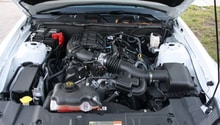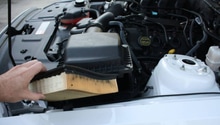Ford Mustang GT 1996-2004: Why Won't My Car Start?
Your Mustang might not start for several reasons. The key is to narrow down the possibilities one at a time until you find the culprit.
This article applies to the Ford Mustang GT (1996-2004).
Nothing can be more frustrating than owning a Mustang GT and not being able to drive it. This is exactly the case when the car won't start. There could be a hundred possibilities, but you need to take a steady, calculated approach to find the problem. A series of simple tests will help guide you to the root of the problem as quickly as possible. Let's look at the process step-by-step.

Materials Needed
- Ratchet with extension
- 5/8" spark plug socket
- 10mm socket
- Flat head and Phillips screwdriver
Step 1 – Does it crank?
You may be frustrated when you turn the key and absolutely nothing happens, but from a troubleshooting perspective, this points clearly to an electrical issue. Your starter is not spinning at all, which means it's not getting any power or that the starter is bad. The first step is to check your battery to make sure it has at least 12.6 volts. You can use a multimeter if you have one, or just take it to an auto parts store for them to evaluate.
If the battery is OK, then you need to check the wiring. Is there any corrosion on the battery posts or the wire terminals? Also, be sure to check the connector to the starter for any possible issues. If there is no corrosion, make sure all of the connectors are pushed all the way on and tightened thoroughly to assure a good connection. If the wires and connectors look good, check your fuses and relays for any damage.
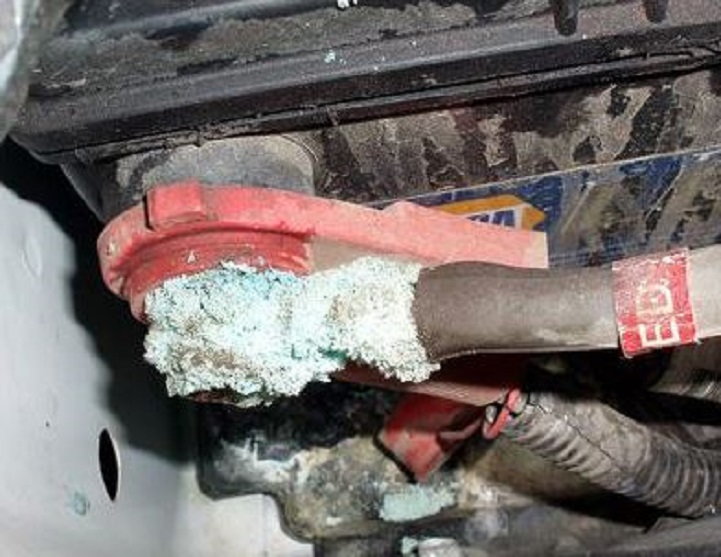
Step 2 – Cranks but won't start?
All engines require air, fuel and spark to get started. The spark is generated at the plug when it receives a signal sent by the ignition system. The coil, crank and cam sensors all work together along with the ECU to control the ignition process. Be sure to check the wires to and from all of these devices. Look for cracks, splits or connector corrosion on all of these wires.
Next, you will need to test the cam and crank position sensors. They send signals to the ECU that are a major factor in the ignition process. A faulty sensor could tell the ECU not to start, and replacing it might just solve the problem.
If you have spark, the next thing to check is the fuel system.
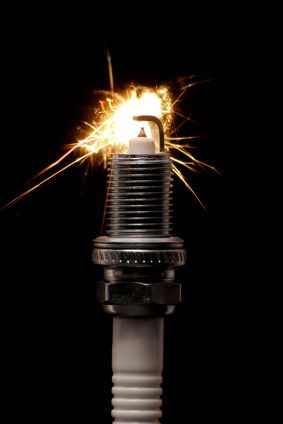
Step 3 – Got fuel?
Power and spark have been verified. Next stop is the fuel system.
Start simple by checking the wiring throughout the fuel system, including any fuses or relays. You may find out that the fuel pump relay is not functioning and that is depriving the engine of its lifeblood. One electronic part replacement and you're back in business.
The fuel pump could be bad, but before removing it, be sure to check the voltage at the pump to make sure you're getting power. If you are getting power but no fuel is reaching the engine, your pump will need to be replaced.
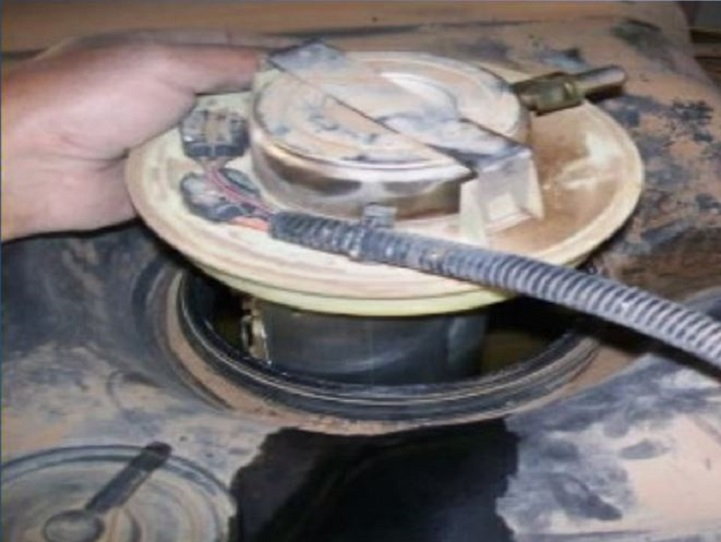
If you determine that the pump is working but fuel still is not reaching the engine, the next thing to check is your fuel filter. This could be significantly clogged to the point where it slows the fuel flow to a trickle. Replace the fuel filter to get the gas flowing again.
Step 4 – Check for air and other issues
With power, spark, and fuel already covered, air is the last essential ingredient to starting an engine. You definitely want to check the air filter first, as that's a fast and easy fix. There are also other less obvious problems like a manifold leak or bad mass airflow sensor. Many times, these malfunctions will trigger a check engine light, so be sure to investigate any codes with an OBD reader.
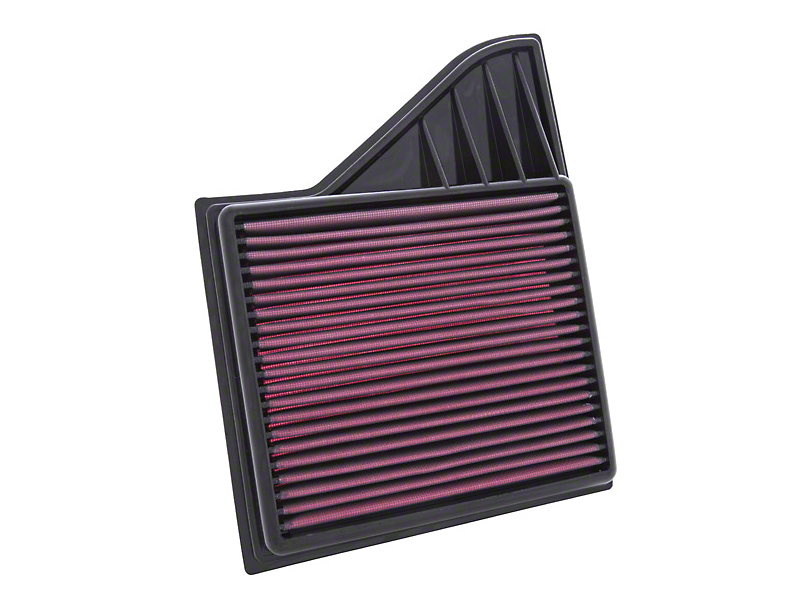
A few other possibilities to check:
- Bad fuel injector(s)
- A chipped flywheel
- A bad ECU
ECU troubleshooting can be challenging, and this would be best left to the professionals at your local dealer or repair shop.
Related Discussions
- 2001 Mustang Won't Start - Mustangforums.com
- Battery is Not Dead, Won't Start - MustangForums.com
- Rebuilt Engine Will Not Start - MustangForums.com
- Cranks, but Won't Start - MustangForums.com

